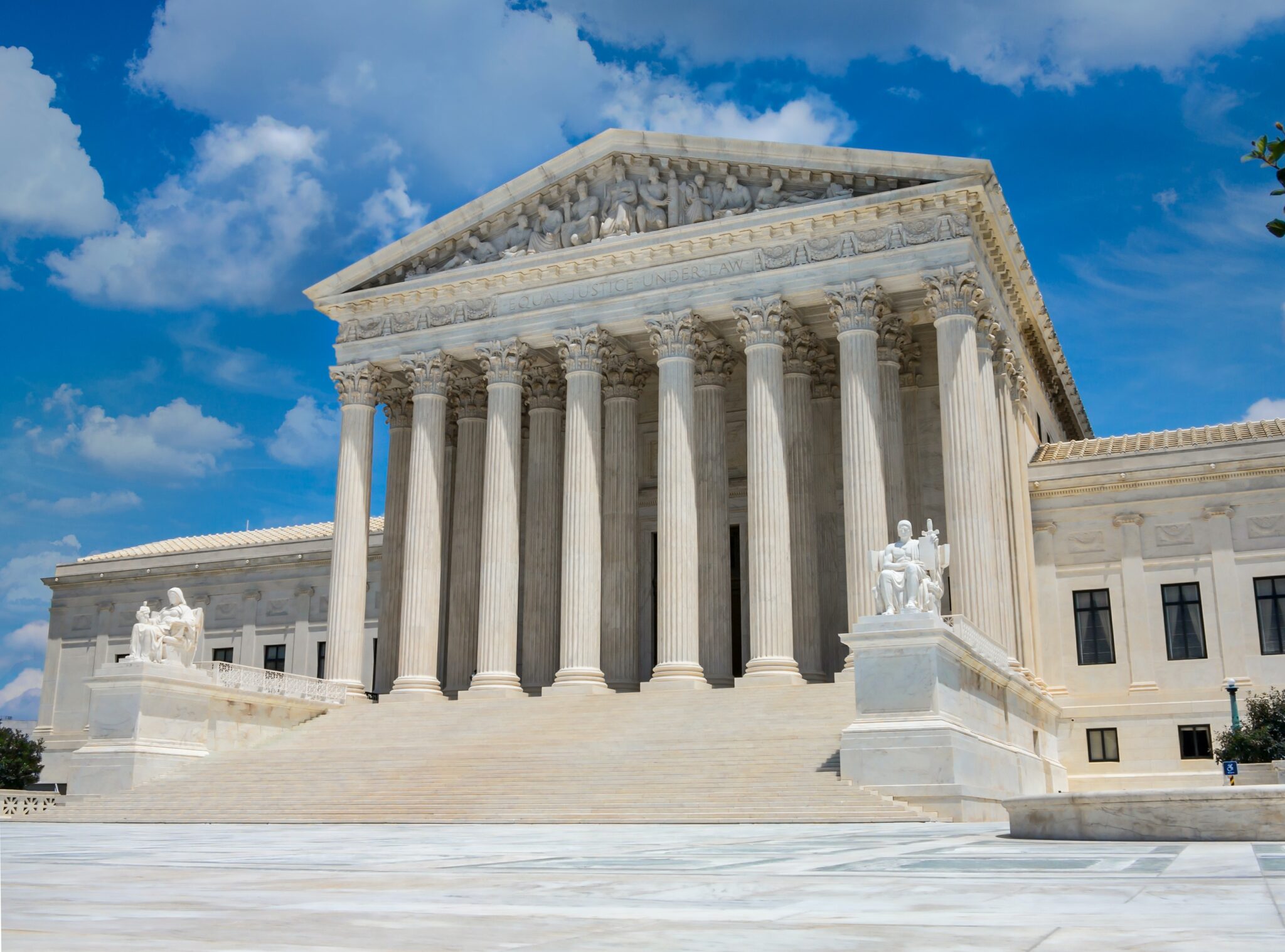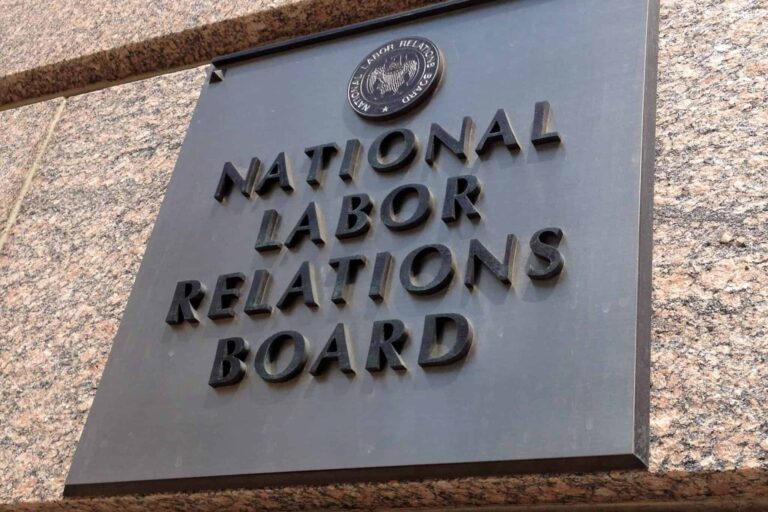
Darin M. Dalmat is a Senior Partner at Barnard, Iglitzin, & Lavitt LLP—a law firm in Seattle, Washington, that represents unions.
In the final installment of my three-part series on Glacier, I share my perspective on the future of labor post-Glacier.
Despite the narrowness of Glacier’s holding and the straightforward tools available to union lawyers to continue to mount effective Garmon defenses, some labor advocates bemoan Glacier as the beginning of the end of the right to strike.
Our history tells another story. Garmon itself was a 5-4 decision, with Justice Frankfurter penning the majority and Justice Harlan writing a concurrence (disagreeing with the analytical approach now known as “Garmon preemption”). In Harlan’s view, the arguably protected-or-prohibited approach to preemption would “cut deeply into the ability of States to furnish an effective remedy under their own laws for the redress of past tortious conduct which is not federally protected, but which may be deemed to be, or is, federally prohibited.” Garmon, 359 U.S. at 253 (Harlan, J., concurring). Justice Harlan was thus Garmon’s first, principal critic.
A dozen years later, he became its principal advocate in Motor Coach Employees v. Lockridge:
While we do not assert that the Garmon doctrine is without imperfection, we do think that it is founded on reasoned principle and that until it is altered by congressional action or by judicial insights that are born of further experience with it, a heavy burden rests upon those who would, at this late date, ask this Court to abandon Garmon and set out again in quest of a system more nearly perfect. A fair regard for considerations of stare decisis and the coordinate role of the Congress in defining the extent to which federal legislation pre-empts state law strongly support our conclusion that the basic tenets of Garmon should not be disturbed.
403 U.S. 274, 302 (1971). Lockridge, too, was a divided 6-3 opinion.
Like Justice Harlan, Justice White also began as a fierce Garmon antagonist—see Lockridge, 403 U.S. at 309–32 (White, J., dissenting); Longshoremen’s Local 1416 v. Ariadne Ship Co., 397 U.S. 195, 201–02 (1970) (White, J., concurring)—before he fully embraced Garmon. See Longshoremen v. Davis, 476 U.S. 380 (1986) (majority opinion), and Local 926, Int’l Union of Operating Eng’rs v. Jones, 460 U.S. 669, 676 (1983) (“Our approach to the preemption issue has thus been stated and restated.”).
Because the last significant Garmon case before Glacier was Davis in 1986, Glacier was the first significant encounter any current member of the Court had with Garmon as a Justice. Garmon, Davis, and the objective reasonable-precautions test all survived this trial-by-fire with nine Justices newly empowered to consider the question afresh.
With a clear supermajority having committed themselves for the first time to Garmon and Davis, if the history is any guide, those Justices’ embrace of the existing preemption framework—with all its warts—may only grow over time. (None of the readers of this blog are likely to be so naïve as to think that the current members of the Court will all become labor advocates by the time they retire. But six Justices—including Justices Barrett, Roberts, and Kavanaugh—have now all signed an opinion reaffirming Garmon and Davis, creating, at minimum, personal precedent that may well prove persuasive to those Justices themselves. See, e.g., Richard M. Re, Personal Precedent at the Supreme Court, 136 Harv. L. Rev. 824 (2023).)
Meanwhile, workers today say more loudly and convincingly than any lawyer could that reports of the death of the right to strike are greatly exaggerated. Writers, actors, auto workers, health care workers, among many others, have all walked off the job to support their bargaining demands. Several have already had unprecedented success. Others’ struggles continue.
In the end, there is no end. This life, and our law, offer neither permanent victory nor permanent defeat. (Our planet alone has seen at least five mass extinctions that have, eventually, given birth to new life.) That’s true in courtrooms: the future of Garmon and the right to strike depend—at least in part—on the quality of the advocacy union lawyers provide. And it’s true on the streets: the power of strikes to translate into meaningful improvements in wages and working conditions depends on the courage of workers and the dedication of organizers.
Although it threatened to fundamentally reshape the landscape, Glacier augurs no new chapter for labor. It is only the most recent blip in the endless struggle between labor and capital. That struggle carries on. It probably always will.










Daily News & Commentary
Start your day with our roundup of the latest labor developments. See all
April 26
Starbucks and Workers United resume bargaining talks; Amazon is ordered to disclose records; Alabamians support UAW’s unionization efforts.
April 25
FTC bans noncompete agreements; DOL increases overtime pay eligibility; and Labor Caucus urges JetBlue remain neutral to unionization efforts.
April 24
Workers in Montreal organize the first Amazon warehouse union in Canada and Fordham Graduate Student Workers reach a tentative agreement with the university.
April 23
Supreme Court hears cases about 10(j) injunctions and forced arbitration; workers increasingly strike before earning first union contract
April 22
DOL and EEOC beat the buzzer; Striking journalists get big NLRB news
April 21
Historic unionization at Volkswagen's Chattanooga plant; DOL cracks down on child labor; NY passes tax credit for journalists' salaries.